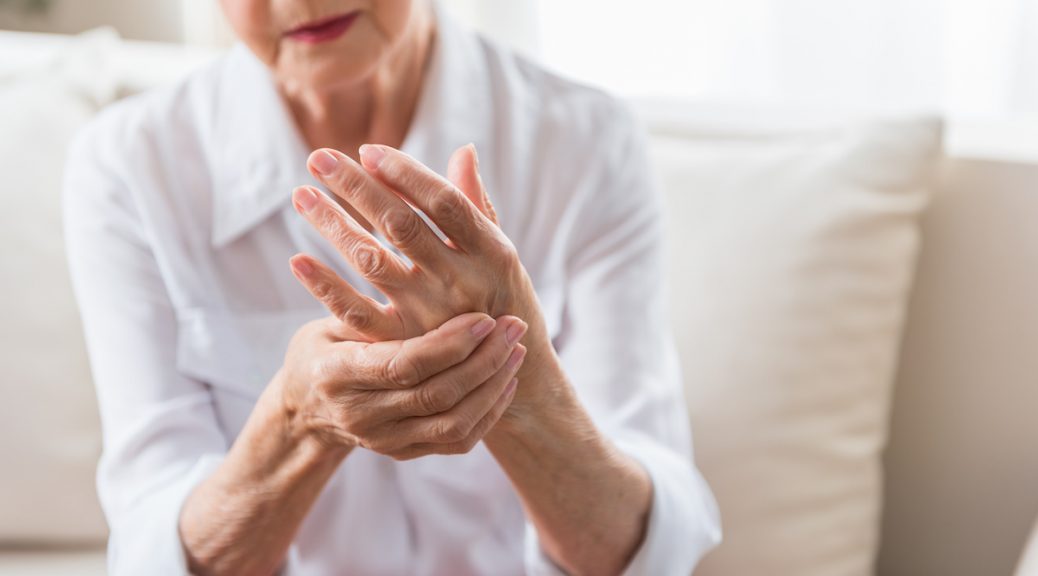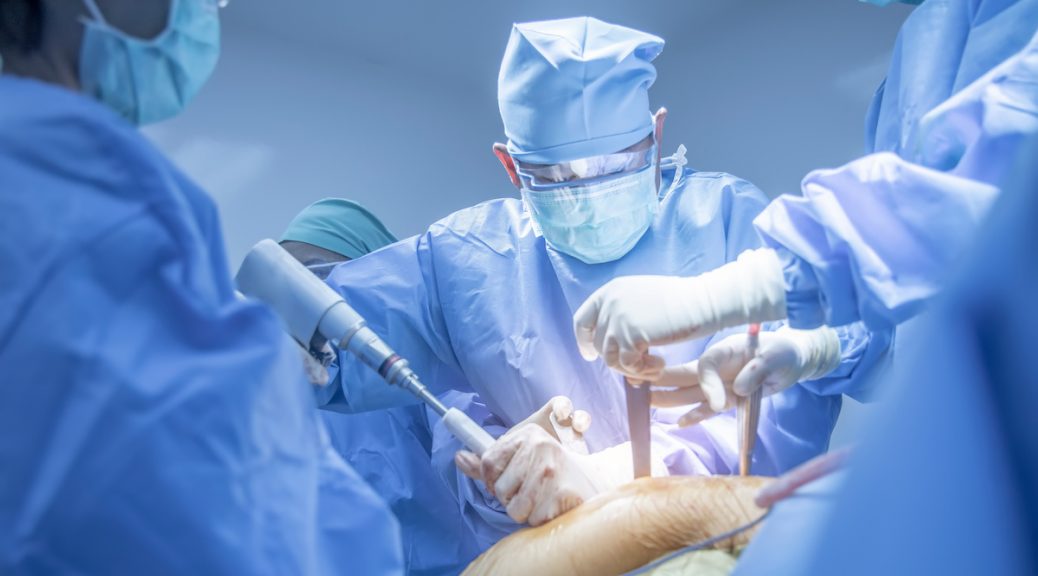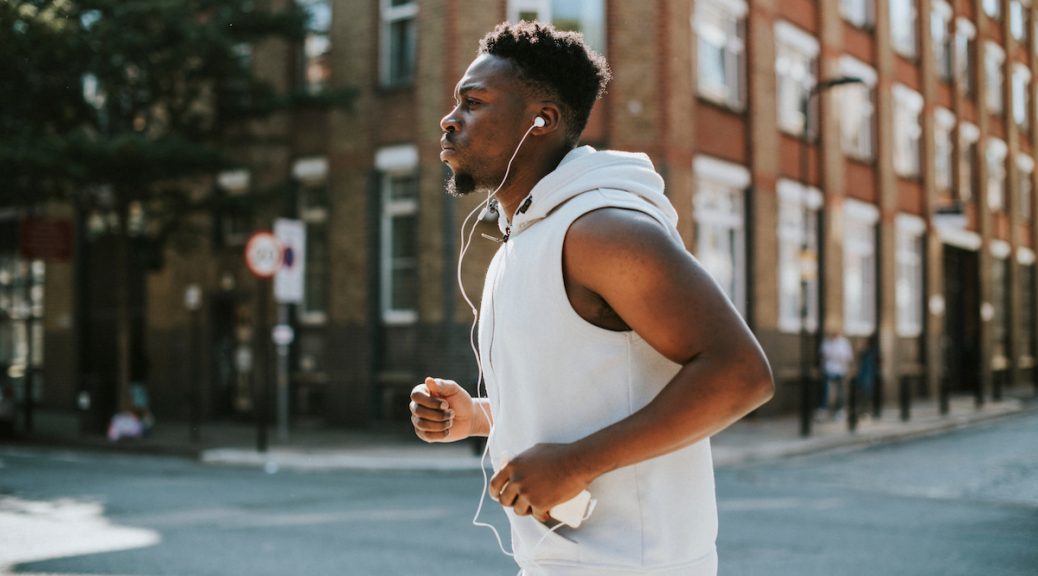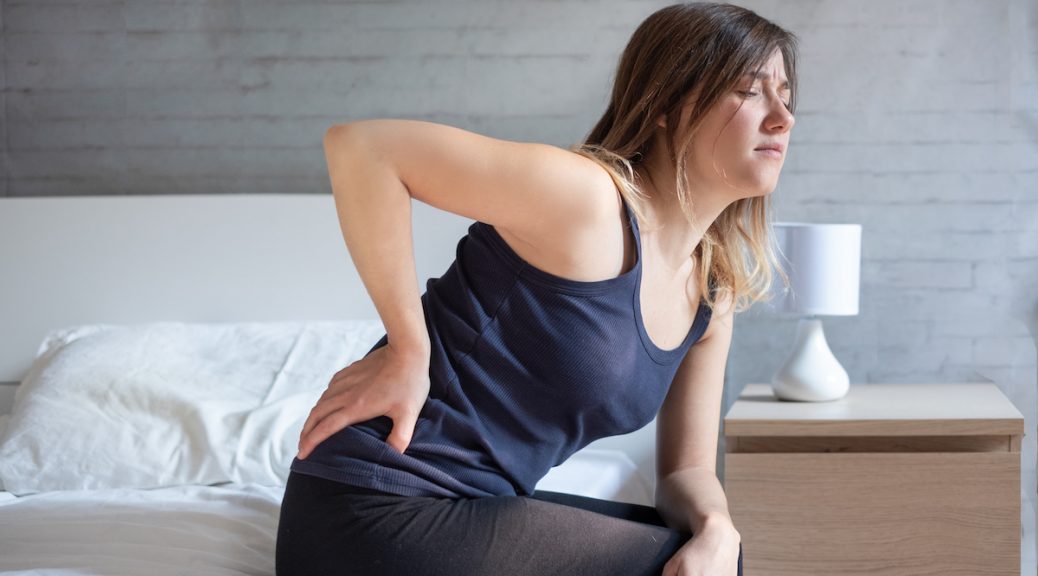Deciding to travel can be an exciting and enriching experience, but journeying to new places may have added concerns for individuals grappling with orthopedic issues. Whether you’re dealing with chronic pain, a recent injury, or the challenges of limited mobility, careful planning, and a few travel-savvy strategies can help ensure a smoother and more enjoyable trip.
Your team at Paris Orthopedics is here to help the travel be as seamless as possible. These are a few tips we have compiled to help make that happen.
Consult Your Orthopedic Specialist
Before embarking on your journey, schedule a consultation with your orthopedic specialist. They can offer valuable advice, prescribe necessary medications, and even provide a letter detailing your condition and any assistive devices you may need.
Choose Your Destination Wisely
Opt for destinations that are more accessible and cater to your needs. Research wheelchair-friendly accommodations, accessible transportation options, and attractions that offer accommodations for individuals with limited mobility.
Pack Smart
When packing, think about your orthopedic needs. Don’t forget to pack supportive footwear, orthotics, braces, or mobility aids you may require. A compact first aid kit with pain relief medications and bandages can also be beneficial.
Select Comfortable Travel Wear
Dressing comfortably can make a significant difference during travel. Choose loose-fitting clothing that doesn’t constrict your movements and supportive shoes that provide proper arch and heel support.
Plan Your Transportation
If flying, inform the airline of your condition so they can assist. Reserve an aisle seat to make it easier to stretch your legs and move around during the flight. If you’re driving, plan frequent rest stops to stretch and move.
Prevent Blood Clots
Long flights or extended periods of sitting can increase the risk of blood clots. Stay hydrated, perform ankle exercises, and take short walks up and down the aisle when flying. Compression stockings can also help improve blood circulation.
Accommodation Considerations
Choose accommodations that offer amenities like ramps, elevators, and accessible bathrooms. Call ahead to ensure your room is suitable for your needs. Some hotels even provide equipment like shower chairs upon request.
Utilize Mobility Aids
If you use a cane, walker, or wheelchair, ensure they are in good condition before your trip. Carry any necessary spare parts or tools for quick repairs. Research if your destination offers rentals if needed.
Plan for Comfortable Activities
Tailor your itinerary to include activities that are manageable with your orthopedic condition. Consider guided tours, sightseeing from a bus, or visiting attractions with wheelchair access.
Stay Active and Stretch
Incorporate gentle stretches and movements into your daily routine while traveling. This helps prevent stiffness and maintains muscle strength. Check with your orthopedic specialist for specific exercises.
Medication Management
Pack your medications in their original containers, and carry a copy of your prescription. Be mindful of time zone changes that might affect your medication schedule.
Travel Insurance
Invest in comprehensive travel insurance that covers medical emergencies, including those related to your orthopedic condition. This will provide peace of mind in case unforeseen issues arise.
Plan for Assistance
Feel free to ask for help when needed. Airports, hotels, and tourist attractions often have staff trained to assist individuals with mobility challenges.
Rest and Listen to Your Body
Take breaks as needed, and don’t push yourself too hard. Listen to your body’s signals and adjust your plans accordingly.
Enjoy the Journey
Remember that the purpose of your trip is to enjoy new experiences and make lasting memories. Focus on the positive aspects and take things at your own pace.
Learn More With Paris Orthopedics
Traveling with an orthopedic issue may require extra effort, but with thoughtful planning and the proper precautions, you can explore new destinations and create unforgettable travel experiences. Always prioritize your health and comfort, and don’t hesitate to seek advice from your orthopedic specialist at Paris Orthopedics before embarking on your journey. Learn more on our website today to get started!









